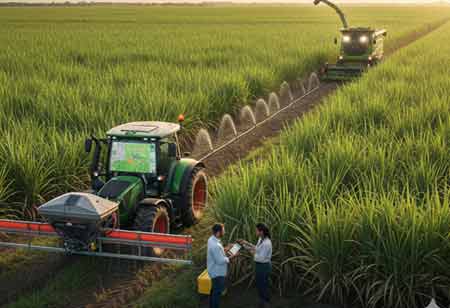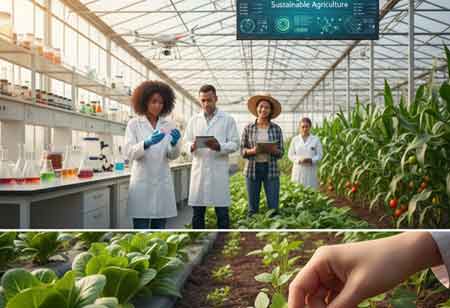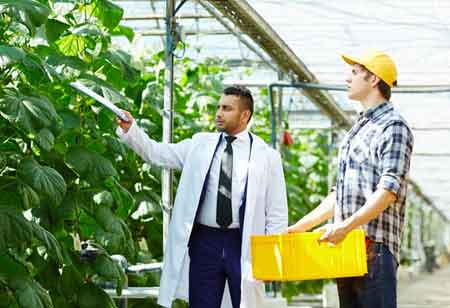Thank you for Subscribing to Agri Business Review Weekly Brief
Optimizing Sugarcane Yield in Latin America through Advanced Agricultural Management Solutions
Latin America boosts sugar and ethanol production through precision farming and AI, enhancing productivity and sustainability while addressing growing demand and environmental concerns.

By
Agri Business Review | Wednesday, November 05, 2025
Stay ahead of the industry with exclusive feature stories on the top companies, expert insights and the latest news delivered straight to your inbox. Subscribe today.
Fremont, CA: Latin America, the powerhouse of global sugar and ethanol production, faces the dual challenge of meeting increasing demand while ensuring environmental and economic sustainability. Modern agricultural management solutions are now proving to be the critical catalyst for a significant boost in productivity, transforming the region’s vast sugarcane fields into highly efficient, data-driven operations. This shift, often referred to as Agriculture 4.0, leverages technology to move from blanket field management to hyper-localized, precise intervention.
Precision Farming: The Foundation of Modern Sugarcane Cultivation
The modernization of sugarcane cultivation is being driven by the widespread adoption of precision farming, which replaces the conventional, uniform application of inputs with a targeted, data-driven approach. Traditionally, fertilizers, lime, and pesticides were applied evenly across expansive fields, often leading to inefficiencies and inconsistent yields due to variable soil conditions. Precision agriculture addresses this issue by using advanced technologies, such as Geographic Information Systems (GIS) and GPS-enabled soil grid sampling, to map variations in soil nutrients, pH, and organic matter. This data supports the creation of Variable-Rate Application (VRA) maps that enable precise placement of inputs, significantly reducing fertilizer costs by up to 25 percent and minimizing environmental runoff.
Complementing these advances, remote sensing and real-time monitoring through drones and satellite imagery enable constant oversight of crop health. Normalized Difference Vegetation Index (NDVI) mapping detects early signs of pest infestation, nutrient deficiency, or water stress, allowing farmers to respond quickly with targeted interventions that enhance efficiency and safeguard yields. Together, these tools form the cornerstone of precision farming, driving higher productivity and more sustainable cultivation practices.
AI and Automation: Maximizing Resource Efficiency
AI and automation are redefining resource management in sugarcane production, particularly in water-intensive regions where conservation is critical. AI-based irrigation systems integrate data from soil moisture sensors, weather forecasts, and crop growth models to calculate precise water requirements, enabling precision irrigation. This ensures water is supplied in optimal quantities and at the right time, achieving near-perfect irrigation efficiency and reducing consumption by up to 30 percent. Beyond irrigation, AI also enhances operational efficiency through logistics and fleet optimization, streamlining harvesting routes, equipment use, and real-time field operations—resulting in smoother workflows, lower fuel consumption, and reduced labor costs.
Precision and automation technologies are also contributing to greater environmental sustainability by reducing agrochemical use, replacing pre-harvest burning with mechanized green harvesting, and promoting traceability through emerging technologies such as blockchain. This digital transparency not only ensures compliance with global sustainability standards but also reinforces consumer confidence in responsibly sourced sugar and bioethanol.
The convergence of precision farming, AI, and integrated data platforms is not just an incremental improvement for Latin American sugarcane; it is a fundamental transformation. By putting data and precision at the heart of cultivation, the region is securing a more productive, efficient, and sustainable future for one of its most economically important crops.





